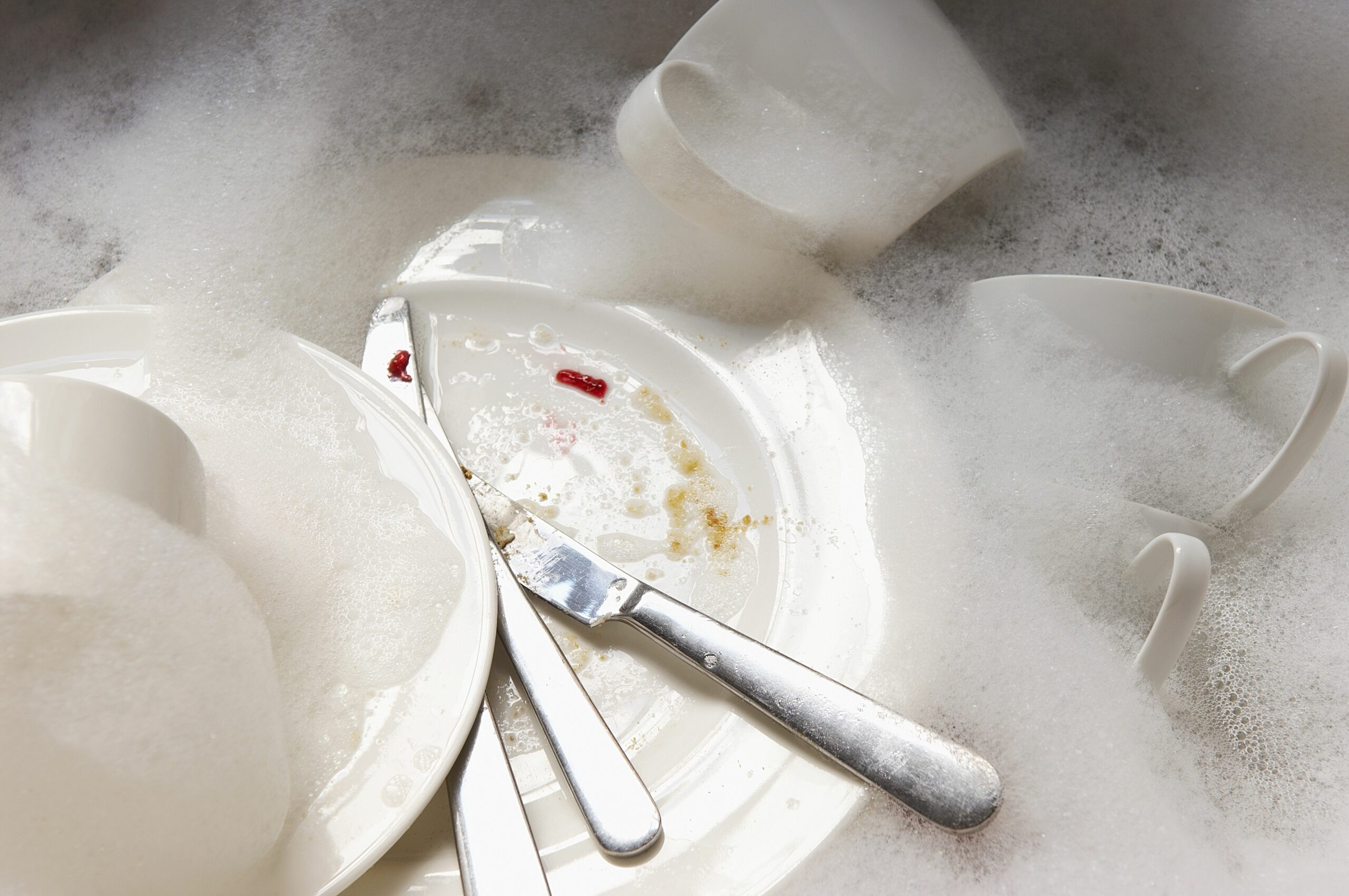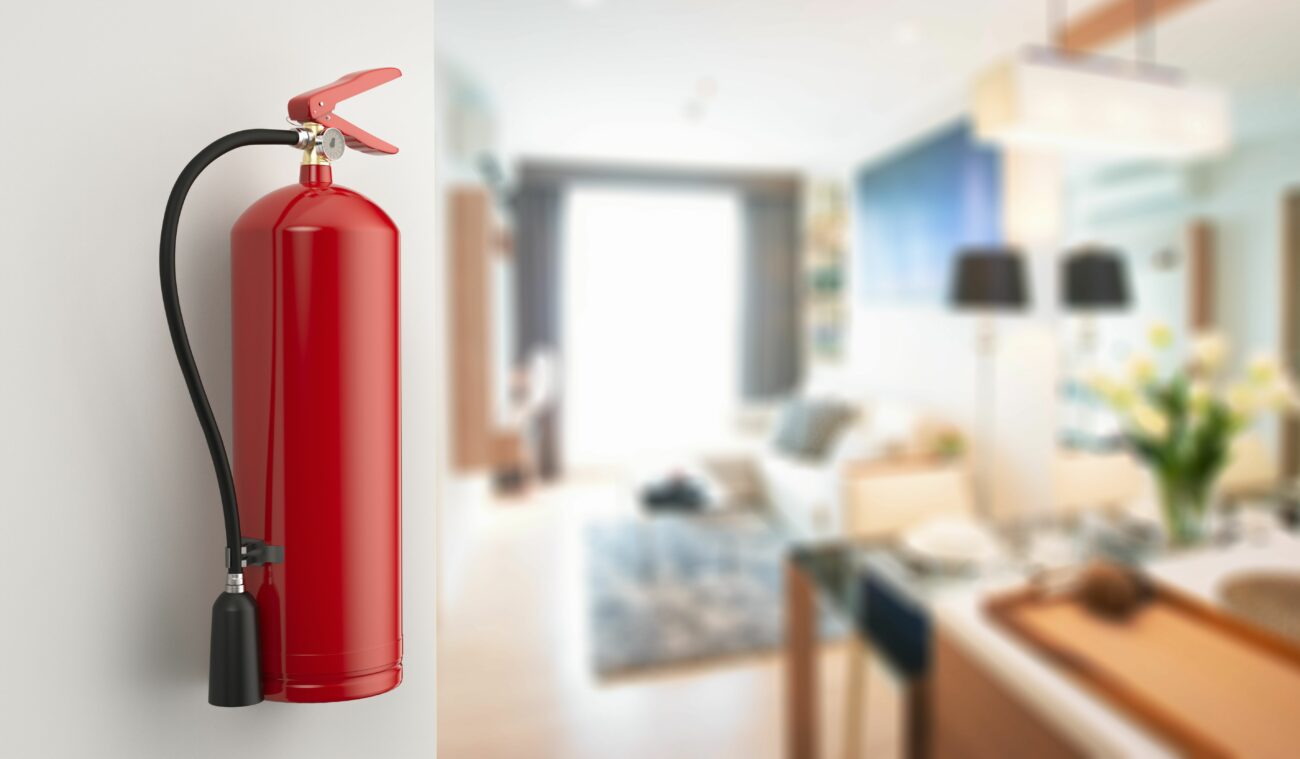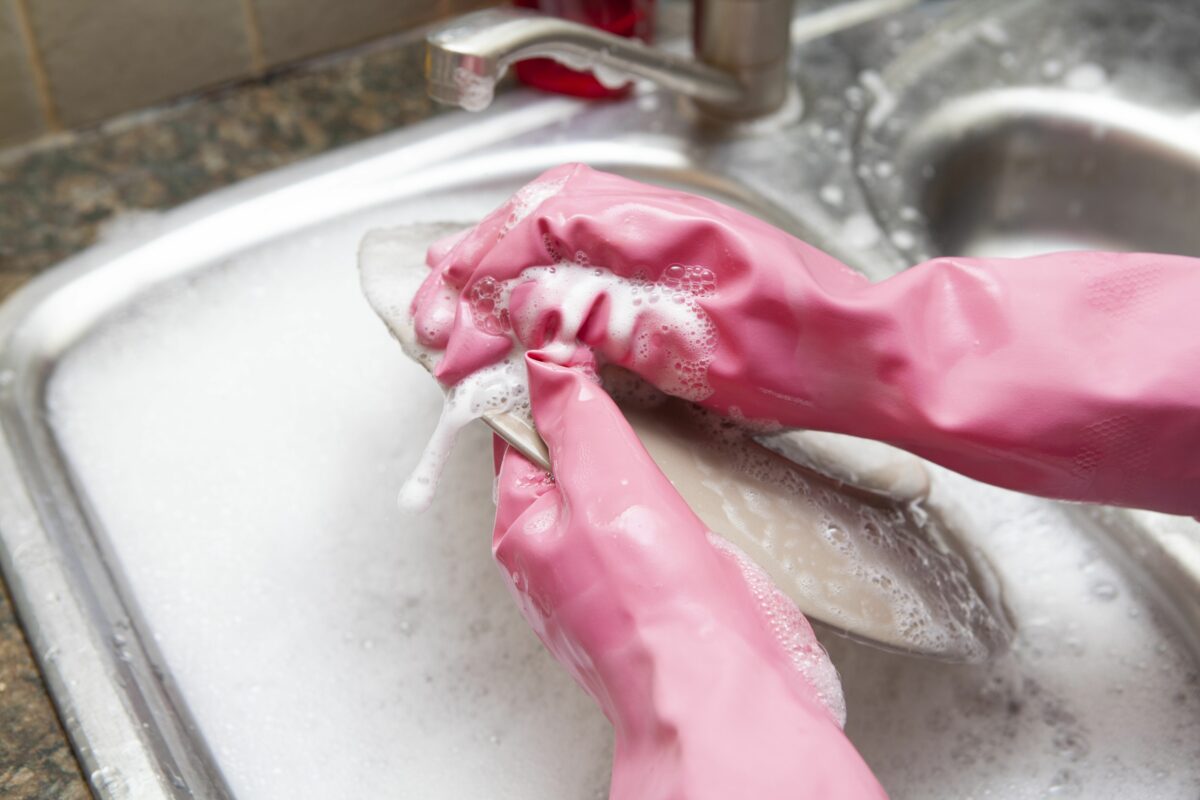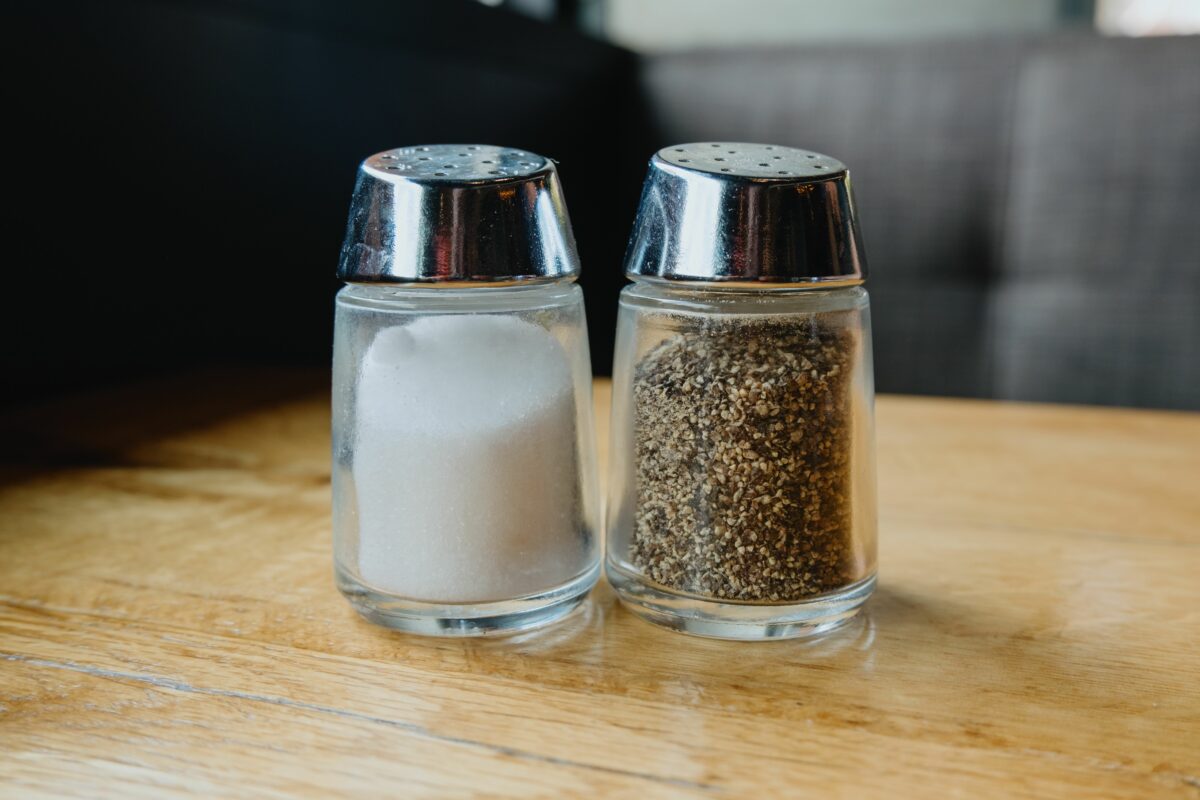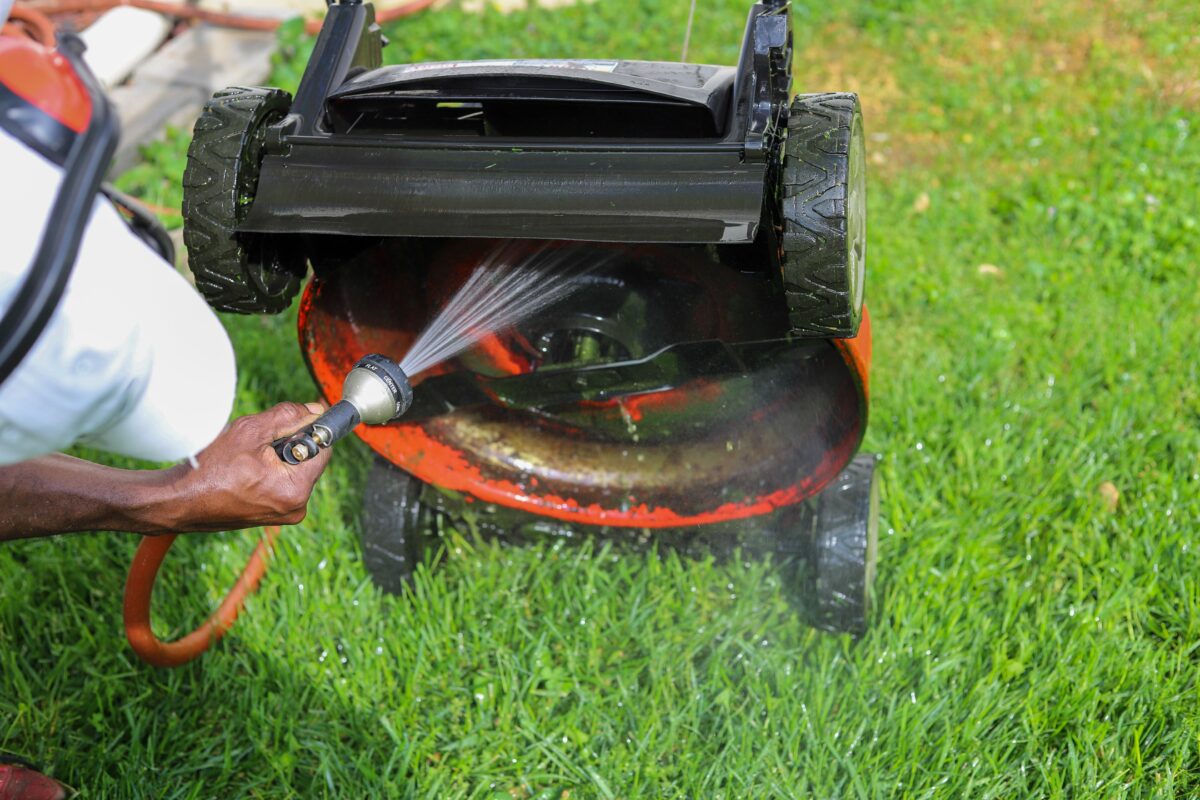After making a meal and dirtying pots and pans, it might be tempting to push off the dishwashing until tomorrow and place items in the sink to soak. But does soaking dirty plates and bowls actually make dishwashing easier? Or is it just a way to push off a household chore? We asked experts to weigh in on whether soaking dishes is effective and how to do it the right way.
- Rocky Vuong is the founder and owner of Neatbrite, a professional cleaning company based in Texas.
- Roman Peysakhovich is the CEO of Cleango, a professional office and home cleaning company.
Should You Soak Your Dishes?
While it isn’t necessary, there are benefits to letting dishes soak before washing them, says Rocky Vuong, founder and owner of professional cleaning service Neatbrite.
“Soaking helps soften and loosen stubborn food particles, making them easier to remove with less scrubbing and elbow grease,” Vuong says. He says that while some dishes may require extended soaking time, soaking dishes ultimately leads to quicker dishwashing with less energy spent on scrubbing. This reduces the likelihood of scratching your pots and pans.
Roman Peysakhovich, the CEO of Cleango, a professional office and home cleaning company, suggests soaking dishes that contain leftover oil, sauce, syrup, and dried foods like pasta and rice.
Factors to Consider
Although soaking has its benefits, the technique is not a one-size-fits-all answer for washing dishes. Before leaving dishes in a sink of water overnight, consider the item and how long it will sit in water before deciding if soaking is your best option.
Soaking generally doesn’t damage dishes, but it is a good idea to be careful with fine china or antique dinnerware and glassware. According to Vuong, extended soaking in hot water can negatively affect the glaze and finish of delicate dishes.
Another important factor to consider before leaving dishes to soak is time. Soaking time will depend on the dish’s soil level and the type of food that is stuck. For example, if there is a large amount of sticky sauce stuck in a pan, it will need to soak longer than a ceral bowl.
To determine how long dishes need to soak, Peysakhovich says to pay attention to the food’s viscosity or thickness. Dishes that have food with a high viscosity, like honey or curry, will need to soak for longer, whereas items with lower viscosity foods, such as coffee or soup, can soak for less time.
Best Practices for Soaking Dishes
Follow these expert-approved techniques the next time you drop your plates and bowls in the sink.
Lightly-Soiled Dishes
When washing dishes, always begin by scraping as much loose food from the dish as possible. For dishes that are lightly soiled and don’t contain food with a high viscosity, Vuong recommends soaking the dishes for 5-10 minutes in hot, soapy water.
Heavily-Soiled Dishes
Like lightly soiled dishes, begin by scraping loose food from the dish. For stuck-on foods, use a plastic food scraper instead of a sponge. Once you’re finished scraping, soak the dish in hot, soapy water for 30 minutes to an hour. Vuong says certain dishes may require soaking overnight.
Delicate Dishes
Skip the harsh scrapers and stick to a sponge when removing pesky food bits from china or antique dinnerware. Because of their delicate glazes and finishes, Vuong says to only soak china or antique dishes for 15-20 minutes in lukewarm water.


